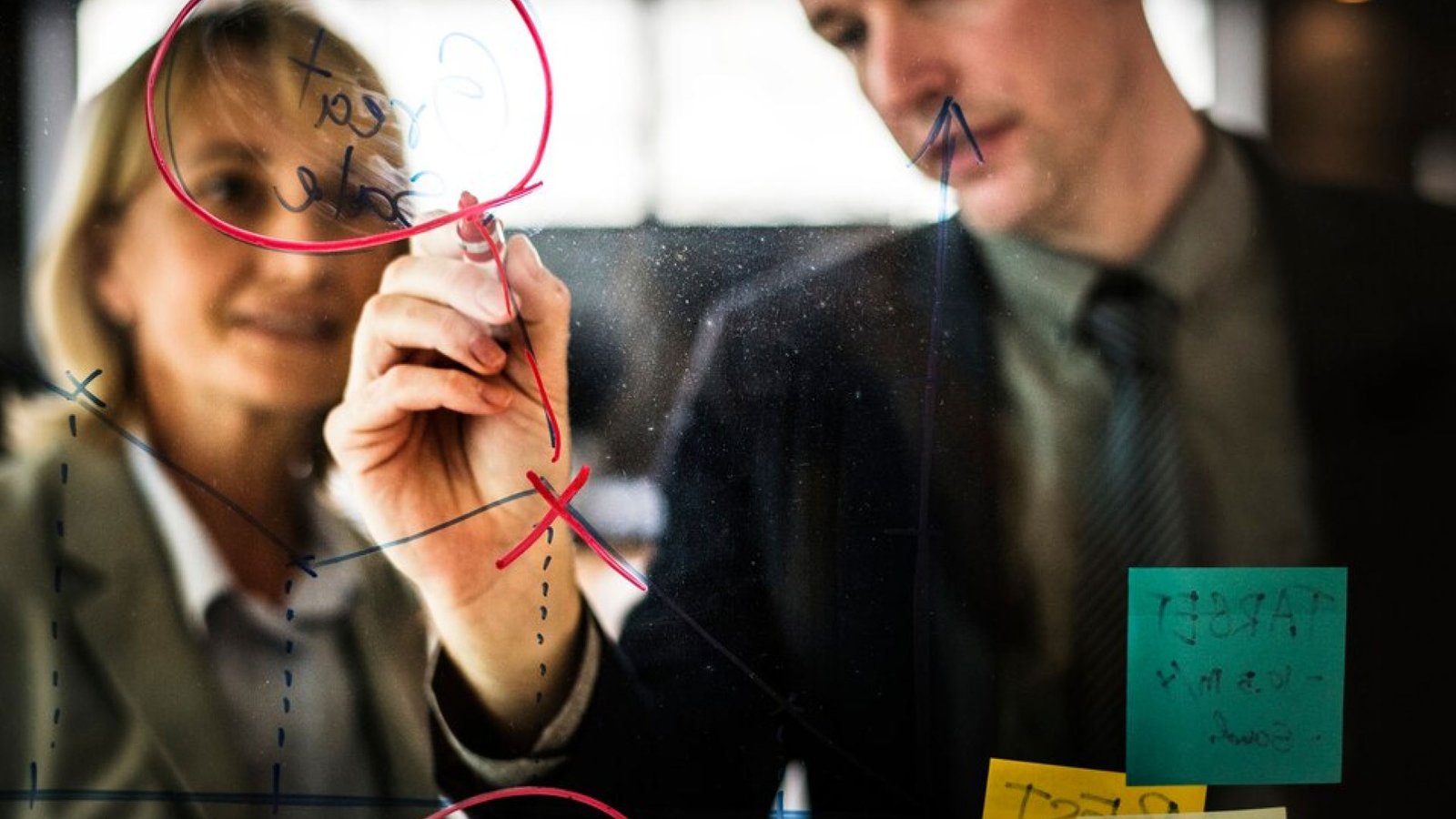As data-driven decisions plateau, creativity emerges as the new leadership imperative. Discover how professional services can leverage bold imagination to future-proof success in 2025.
In boardrooms across the globe, creativity is finally taking its place at the table. Traditionally viewed as a soft skill or an aside in professional services, today creativity is one of the fundamental leadership skills.
As 2025 begins, 78% of CEOs cite creativity as one of the top three leadership characteristics propelling their business ahead, finds the World Economic Forum’s Global Talent Outlook.
This transition is no coincidence. Within a world led by automation, information-dense streams, and increasing client expectations, creativity helps professional services businesses convert complexity to simplicity and strategy into differentiation. Where AI and analytics reach insight, creativity propels leaders to create daring moves that future-proof their organizations.
Table of Contents:
1. The Limits of Data Dependence
2. Leadership Defined by Bold Imagination
3. Building Strategies That Embrace Uncertainty
Making Creativity an Everyday Practice
1. The Limits of Data Dependence
Today’s leaders are drowning in more data than they know what to do with. Predictive analytics and AI models predict risks and opportunities with stunning accuracy. And yet, with all these tools, decision paralysis is a rising issue. McKinsey reports that while data accelerates operational decisions, 62% of executives report feeling paralyzed when presented with several equally good options.
This is where creative decision-making comes into play. It fills the space between awareness and action. Where AI identifies trends, creativity tells the story and guides the organization into new possibilities. To be the most effective leaders in 2025, the most successful will not be those who gather the most data, but those who have the courage to view it through a creative perspective.
2. Leadership Defined by Bold Imagination
The definition of leadership is changing. Operational effectiveness, as valuable as it is, no longer cuts it in a rapidly changing world. Creative confidence—previously a luxury—is rapidly becoming a boardroom necessity.
Future-thinking companies are instilling creativity in leadership development. Multinational consultancies invest in creative sabbaticals, enabling executives to move outside traditional roles and venture into unknown territories. Innovation labs, once segregated, are brought directly into executive habits so that creative thinking is not occasional but a habit.
By 2025, leadership success is no longer defined solely by short-term profitability but by the ability of a leader to create creative risk-taking and unlock new pools of value.
3. Building Strategies That Embrace Uncertainty
Fixed, playbook-based strategies are a thing of the past. In an era characterized by geopolitical changes, economic uncertainties, and speeding technological disruption, flexibility rules.
Future-proof professional service firms construct strategies that behave more like living organisms than static blueprints. They are built with adaptive frameworks that allow for creative pivots when circumstances shift unexpectedly. Creativity here becomes the catalyst that transforms risk into opportunity — reframing challenges not as threats, but as canvases for innovation.
For example, firms that once adhered rigidly to their legacy services are now reimagining their offerings entirely, blending digital consultancy with human-centered design or reinventing advisory roles to act as ecosystem orchestrators rather than mere subject-matter experts. These dynamic approaches are not just reactive but proactively shape market movements, setting trends instead of following them.
Making Creativity an Everyday Practice
The real challenge is not identifying the importance of creativity but incorporating it into daily practice. Innovative companies build an environment where innovative thinking is not reserved for yearly retreats but rather nurtured in every client meeting and intra-company gathering.
Practical actions include the formation of innovative peer groups, where cross-functional executives engage in the confrontation of innovative ideas, and leveraging AI to make time for high-value, human-driven problem-solving. Creative excellence becomes ingrained when it is embedded in the organizational muscle memory.
As professional services leaders scan the horizon to 2025 and beyond, this much can be certain: creativity is no longer discretionary. It is the differentiator that will distinguish between firms leading and firms following.
Discover the latest trends and insights—explore the Business Insights Journal for up-to-date strategies and industry breakthroughs!

